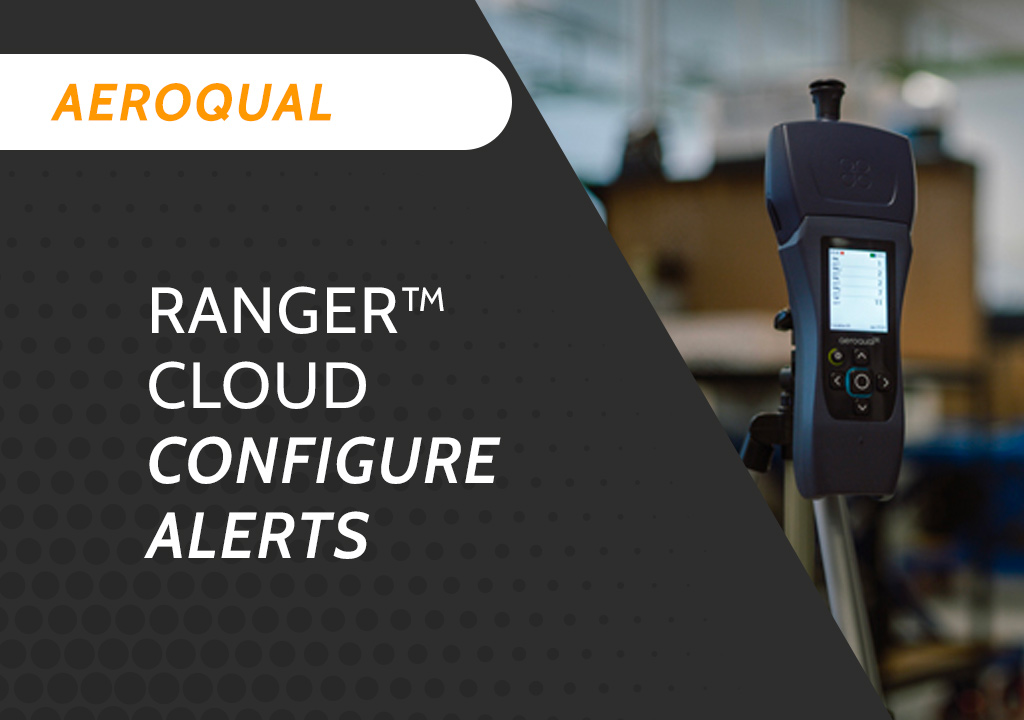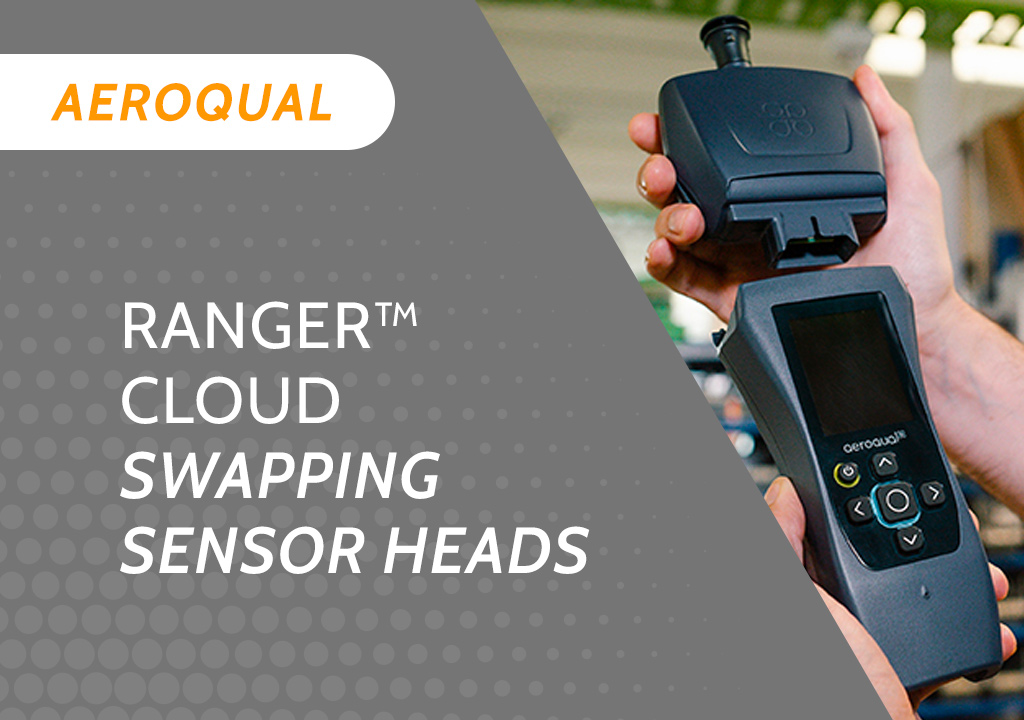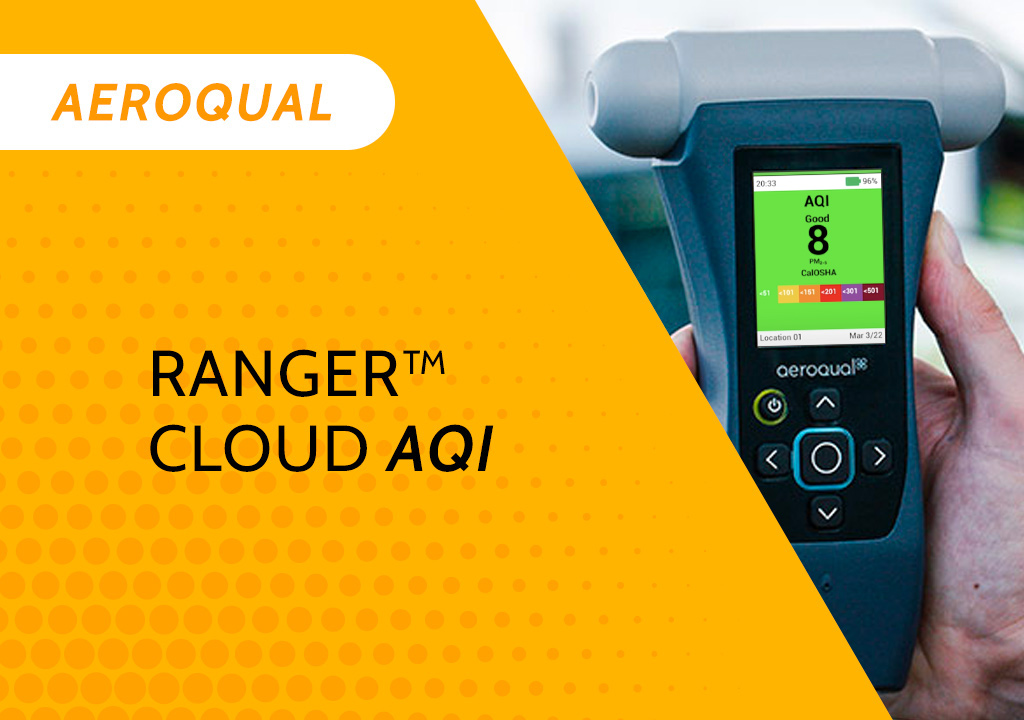This 6-part blog series explores the use of MEMS Accelerometers for vibration monitoring in construction and blasting applications, and the five most prevalent issues with these devices, as outlined in Instantel’s recent white paper, “Limitations of MEMS Accelerometers for Vibration Monitoring Systems.” Read Instantel’s findings here. “Limitations of MEMS Accelerometers for Vibration Monitoring Systems.”
Instantel’s paper concluded that, when it comes to vibration monitoring for construction and blasting applications, data from MEMS Accelerometers can be unreliable when measuring high frequency vibrations caused by explosives, heavy construction equipment, jackhammers, pile drivers and similar activities. The paper outlined five major concerns, including:
- Vibration Rectification Error (VRE)
- Operational limits at high frequencies
- Aliasing
- Noise and the noise floor
- Regulatory compliance
Concern #5: Compliance Implications
Vibration monitoring is required at most heavy construction and blasting sites to ensure that vibration limits are not exceeded. These regulatory standards, set forth by governmental agencies or professional groups, are meant to ensure the safety of people and prevent damage to structures near work sites. To meet such standards construction operators must choose instrumentation that provides accurate recording and reporting of vibration data. Using the proper instrumentation is the key to staying compliant, minimizing impact to the surrounding community, and avoiding costly penalties and delays. It can also protect contractors and property owners in legal disputes by providing key evidence.
Two standards relating to equipment performance are the International Society of Explosives Engineers Performance Specifications for Blasting Seismographs (ISEE-2017) and the Deutsches Institut für Normung (DIN 45669). These standards include amplitude range, frequency range, maximum internal noise allowed, linearity, phase response and calibration. Each category must be met in order to fulfill the requirement.

Many MEMS Accelerometers are not capable of meeting all of the performance specifications included in the ISEE and DIN standards. For example, one of the ISEE performance specifications requires 40.7 g reliability when measuring acceleration (based on amplitude ranges and frequency responses). When using 2, 4, or 8 g MEMS Accelerometers, this is not possible.
Therefore, vibration monitors that use certain MEMS Accelerometers are incapable of providing measurements that meet reliability standards, rendering them ineffectual for vibration monitoring at sites where high frequencies are present.
Ultimate Conclusion
Limitations such as Vibration Rectification Error, operational limits, aliasing and internal noise can cause uncertainty in the validity and reliability of data recorded by MEMS accelerometers, particularly when high frequencies are present. The unreliability of the data produced can lead to compliance and safety issues. Contractors and property owners, therefore, must do their homework to determine the best choice of instrumentation for their projects.
This 6-part blog series has examined the limitations of MEMS Accelerometers for construction and blasting applications based on extensive testing conducted by Instantel and its resulting white paper outlining its findings. For specific information about the testing and results, read the white paper. Read Instantel’s findings here. “Limitations of MEMS Accelerometers for Vibration Monitoring Systems.”
-
 Wildfire Cleanups and Recovery: Perimeter Air Quality Monitoring
Wildfire Cleanups and Recovery: Perimeter Air Quality Monitoring -
 Protection from Wildfire Smoke – California, Washington and Oregon
Protection from Wildfire Smoke – California, Washington and Oregon -
 What is Respirable Silica Dust and Why Do You Need to Monitor It?
What is Respirable Silica Dust and Why Do You Need to Monitor It? -
 New Jersey Perimeter Air Quality Monitoring (PAM) Technical Guidance Explainer
New Jersey Perimeter Air Quality Monitoring (PAM) Technical Guidance Explainer -
 Air Quality Matters: Wildfires & AQI
Air Quality Matters: Wildfires & AQI -
 Aeroqual Ranger™ Cloud from Specto Technology - Configure Alerts
Aeroqual Ranger™ Cloud from Specto Technology - Configure Alerts -
 Aeroqual Ranger™ Cloud from Specto Technology - Connect to Wi-Fi
Aeroqual Ranger™ Cloud from Specto Technology - Connect to Wi-Fi -
 Aeroqual Ranger™ Cloud from Specto Technology - Swapping Sensor Heads
Aeroqual Ranger™ Cloud from Specto Technology - Swapping Sensor Heads -
 Aeroqual Ranger™ Cloud from Specto Technology AQI
Aeroqual Ranger™ Cloud from Specto Technology AQI -
 Assembly of a pole mounted solar panel system (3 panels)
Assembly of a pole mounted solar panel system (3 panels)
